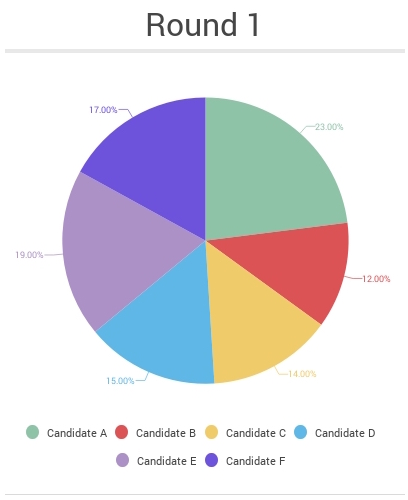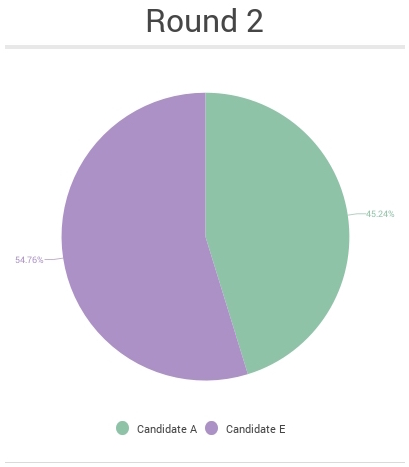Spotlight on Parliament: 10 Things to Know About Iran’s Parliamentary Electoral System
Count my vote! That’s the demand you’re likely to hear from engaged voters participating in elections – wherever such elections may be in the world. But, actually, the process of counting votes is more complicated than that, and the upcoming elections to Iran’s Majlis will be no exception. The system that a country uses to count its citizens’ votes is called its electoral system. Check out the following list of 10 things to know about how Iranians’ votes will be counted after the race for seats in Majlis concludes.
1- Before anyone can even get her or his name onto a single ballot, potential candidates must first undergo a complex registration process that involves background checks and approval by Iran’s Guardian Council – a body of clerics and jurists charged with overseeing Iran’s elections (along with the Interior Ministry). Potential candidates need to have certain qualifications, and must not run afoul of various disqualifying criteria, such as having a criminal record.
2- If you’ve experienced elections in the United States, Canada, or Britain, then you’ve seen an electoral system called Single Member Plurality (or SMP). In that system, whoever gets the most votes wins – even if she or he fails to win a majority of all votes cast. However, the system used for Iran’s Parliament is called the Two-Round System (TRS).
3- In Iran’s Two-Round System (TRS), a second round of voting – another Election Day! – is triggered if no candidate succeeds in earning a share of the votes that is more than anyone else’s and that is at least 25% of all the votes cast.

4- The electoral system that Iran uses for its Majlis is most similar to that used by France for elections to its Presidency and National Assembly. Like in Iran, French presidents and parliamentarians go to a second round of voting if candidates fail to reach a certain threshold.
5- In the second round of Iran’s elections, voters choose from twice as many candidates as there are seats available in the electoral district in which they live. So, like in the example above, if a first round of voting has 6 candidates trying to win one seat, then the second round will see the two highest vote-earning candidates competing for that same seat, as in the example below. In the 2012 Majlis Elections, 65 electoral districts went to a second round of elections.

6- The Two-Round System (TRS) used in France and Iran has the advantage of allowing citizens to have a second chance to vote for their preferred candidate, or to change their minds between rounds if they so wish. One disadvantage of TRS is that it is a more expensive system to run, since it requires two election days, rather than the single day needed in the US, Canada, or Britain, among others.
7- In the 2016 elections to Iran’s Majlis, 290 seats will be up for grabs (the same as in 2012). 5 of those seats are reserved for religious minorities, and the remaining 285 seats are distributed across 207 electoral districts all over Iran. In Iran, electoral districts coincide with 1 or more of Iran’s 368 counties, with one seat in Majlis for roughly every 150,000 Iranians.
8- But – wait – 285 seats for 207 electoral districts? Yes! This means that Iran’s Majlis has some multi-member electoral districts, or neighbourhoods with more than one Member of Parliament (MP). If an Iranian lives in one of these multi-member electoral districts, then she or he casts votes for each of the available seats.
9- Elections to Iran’s Majlis face significant criticism from international election and human rights monitoring organizations, principally because the Guardian Council typically disqualifies large amounts of candidate applicants, because certain political groups are barred from participation, and because the Guardian Council – which also oversees the conduct of the election – is responsible for accepting or rejecting the results. Nevertheless, candidates who are able to contest seats in Majlis face fierce competition, and according to Freedom House the 2012 Majlis Elections saw “no claims of systematic fraud.” Moreover, Majlis has an important role in Iran’s political system.
10- Finally, there is no limit on how many terms a person may serve in Iran’s Majlis, though the Guardian Council must approve a person’s candidacy in every election, even if she or he is an incumbent.
This year, the parliamentary elections will take place on 26 February 2016.
Vote!
If you’d like to learn more about the process of Majlis elections other than the TRS electoral system, then check out this short educational video, or these instructional infographics.